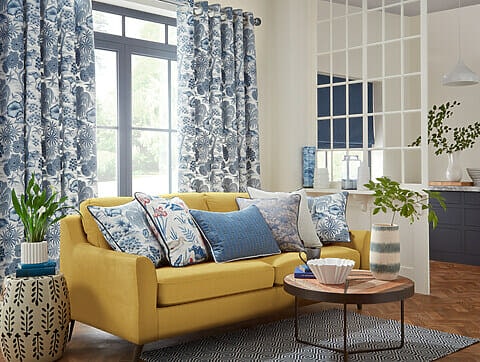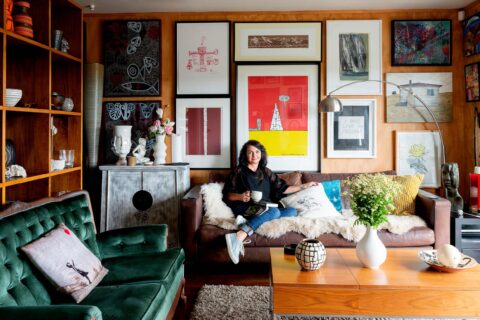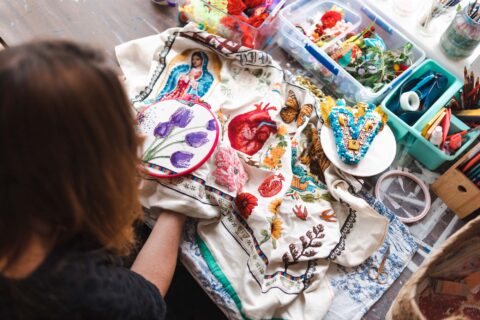Award-winning travel writer, blogger and photographer Liz Carlson, aka Young Adventuress, has always liked plants, but it wasn’t until she encountered a monstera in a hardware store in Wānaka that an obsession ignited. Now, she runs Lyttelton houseplant and design store Node and has published a book on indoor gardening for Kiwis.
How did a fateful encounter with a single monstera grow into an obsession with houseplants?
For the past 10 years, I’ve been running Young Adventuress, one of the biggest travel and lifestyle blogs in the world. A couple of years ago, I got to a point where I was getting really burnt out from all the travel. When I’d go back to Wānaka, where I was living at the time, I’d try to have a couple of days offline and be outside and in nature. One day I was at Mitre 10 and I was looking at the plants and I thought, “That’s a funky-looking plant. I’ve never seen that before.” It was a Monstera deliciosa. So, to balance out my really intense, stressful life that was very public and online, I would intentionally disconnect and garden and plant things and play around and have my fingers in the dirt, and it very much became a therapy for me. In 2019 I moved to Lyttelton. I’d visit garden centres every weekend and it became a weird collector hobby for me. At one point I think I had 350 houseplants.
How did that lead to you opening your houseplant store, Node?
At the beginning of the first lockdown I lost all of my travel work. Because of the government subsidies for self-employed people, I didn’t have to run around trying to scrape some work together. It was a bit freeing and an opportunity to do something that was more sustainable and didn’t require me to get on a plane. I thought maybe I could do a pop-up store for houseplants. So I posted about it on social media, then set up trestle tables in a building we leased in Lyttelton. On the first day there was queue out the door and I realised that maybe I could turn this into a real thing. I built Node over the following months. I’d open up on the weekend then spend the week fixing up and painting the 150-year-old heritage building our shop is in. I wanted to create a space that is different from your traditional garden centre, because for me, houseplants and the home and design are all intertwined.
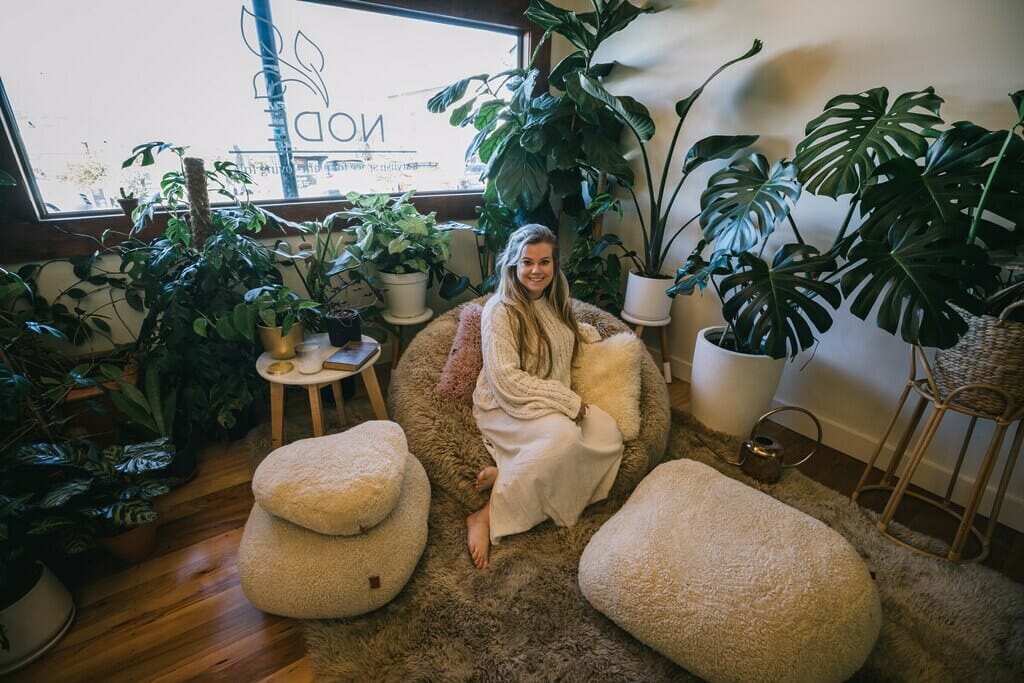
The resurgence in houseplants looks like it’s here to stay. What do you think is driving that?
My generation [Millennials] could easily spend 24 hours inside looking at screens, but I noticed before Covid that there was a real trend toward getting back into hands-on activities, like a resurgence in pottery and ceramics and dried flowers and stuff that’s counter to this digital life. I think our homes are important – they’re a little manifestation of ourselves and the things we love. For me, bringing nature inside is the next step in creating a place that is really homey.
What houseplants would you recommend for people who struggle to keep them alive?
Snake plants are really hard to kill, and ZZ plants are hardy and have huge, tuberous roots that retain water – I joke that you can put them in a closet for three months and they’ll be fine. But they are both upright plants and quite masculine, so if you want lush, green jungle vibes, I recommend golden pothos – it has heart-shaped yellow and green leaves and is so hard to kill.
What are your tips on watering?
Most people overwater plants and the roots rot and the plant dies. Plants by nature are designed to go through droughts in the wild and can bounce back – rain is not predictable. An easy way to tell if a plant needs watering is to shove your whole index finger into the soil, and if it comes out with dirt sticking to it, don’t water it. The top layer of soil might look dry but the roots might not be. Of course, this doesn’t work with a huge plant, so I usually advise people that if they think they need to water, they should wait another three days. You should also water in the morning so the plant doesn’t sit with cold, wet roots all night.

What about dusty plants?
You can put them in the shower or, even better, out in the rain. But don’t do that if the air temperature is under 16 degrees.
Do you have advice on choosing pots?
Always have pots with drainage holes so the base doesn’t get soggy. Or, if you want to use a nice pot without any drainage holes, use it as a cover pot and put the plant in a pot with drainage holes inside it. I love handmade pots – they’re more expensive but have a beautiful story. I always buy from local ceramicists when I’m travelling and bring them back with me.
Any tips for incorporating houseplants into interiors?
One big plant, such as a monstera, bird of paradise or rubber plant, inside a beautiful planter can be a statement piece, like art in your house. If you look on Facebook Marketplace or Trade Me, there are huge plants for sale that have outgrown people’s spaces. I’ve rescued so many large plants that way. I also love grouping plants with similar care requirements together. I love intentional chaos – a beautiful mess – so I like to group different sizes, shapes and colours. For example, an upright plant, a little bushy plant, a trailing plant and an air plant. And I like to use retro pots that aren’t colour coordinated.
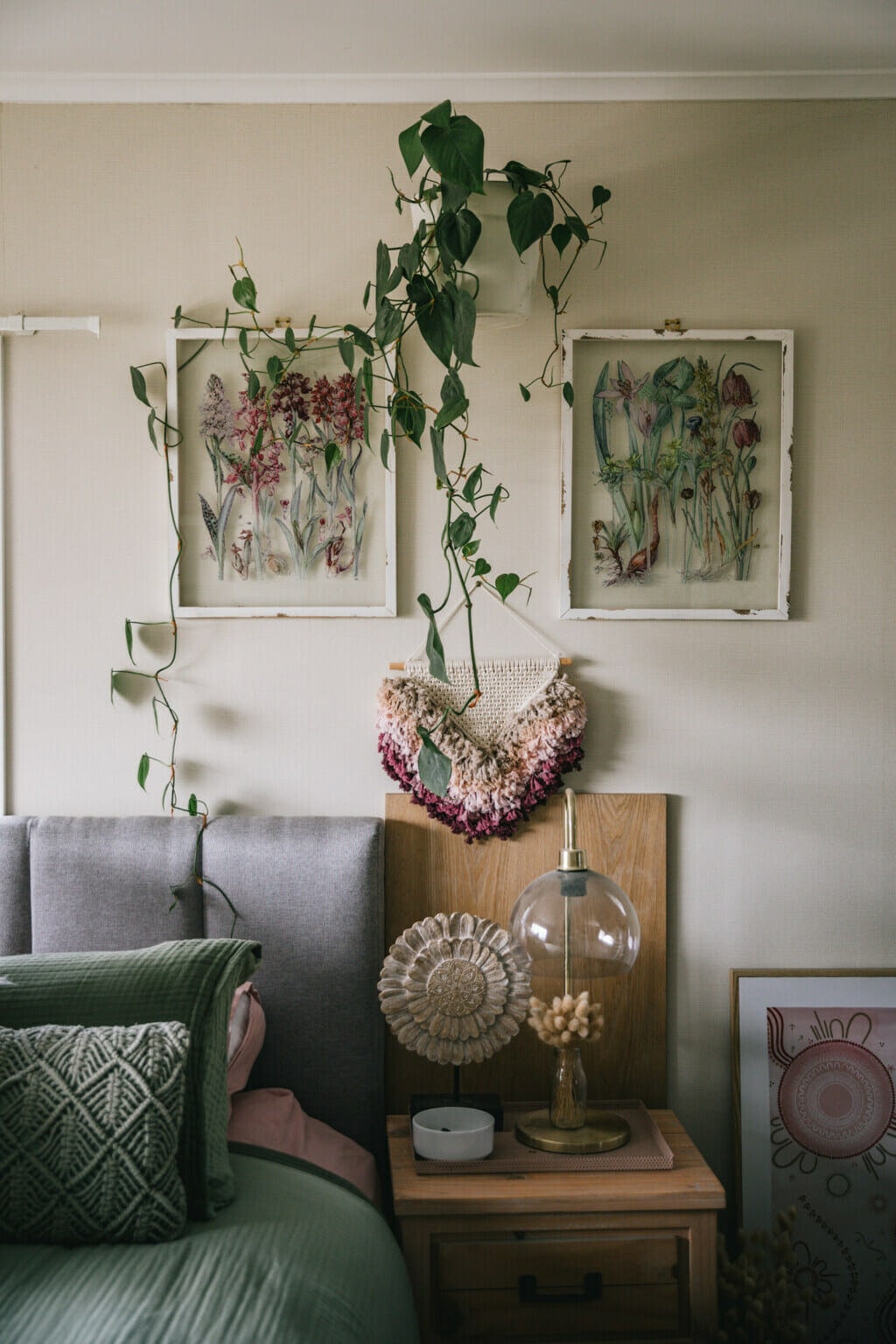
Do you talk to your plants?
I do! They’re almost like pets. It’s only if they start talking back that you should be worried! But really, we know very little about plants. I’ve just read Finding the Mother Tree by Suzanne Simard. It’s about how trees talk to each other through their roots and fungal networks.
What inspired you to write a book?
Most of the houseplant books are from North America. Even in Australian houseplant books, you can only get a third of the plants in New Zealand. So I thought, “Well, I’m going to do it.” I think New Zealand’s houseplant culture deserves a seat at the table.
Visit thenode.co.nz to see Node’s range.
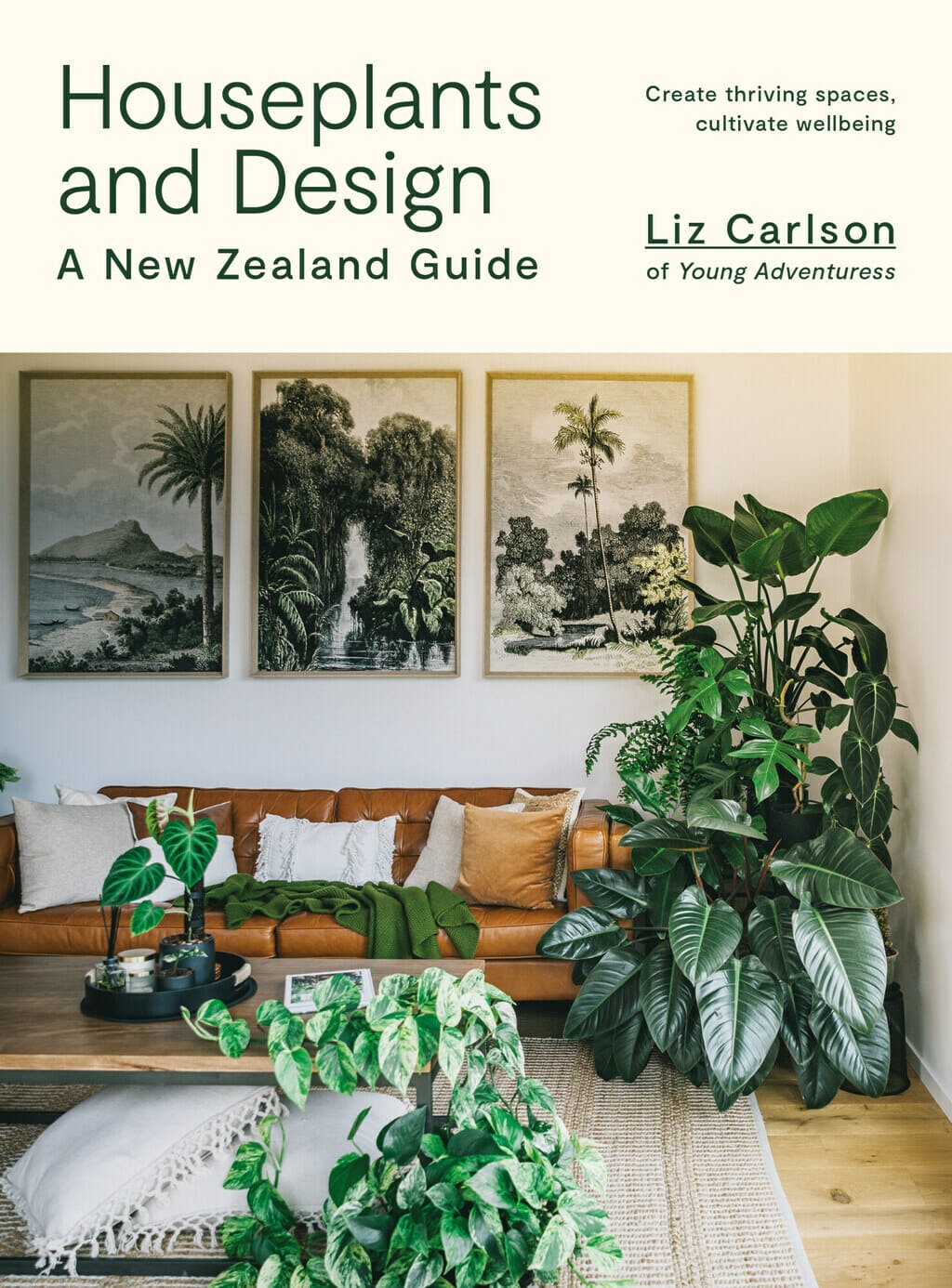
(Allen & Unwin, $45).
PHOTOGRAPHY: LIZ CARLSON AND MICKEY ROSS





